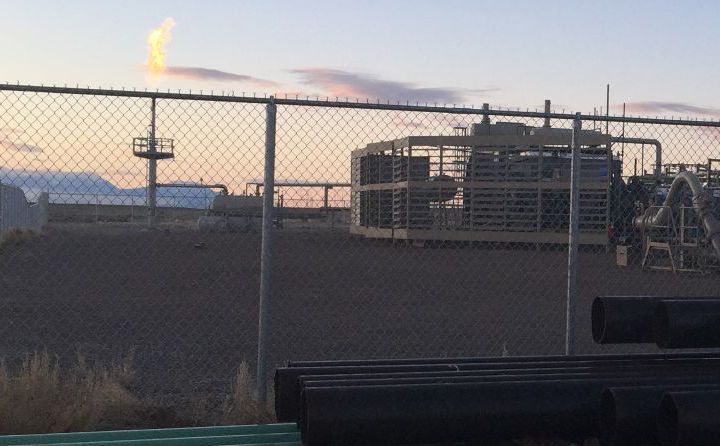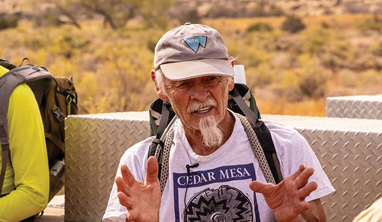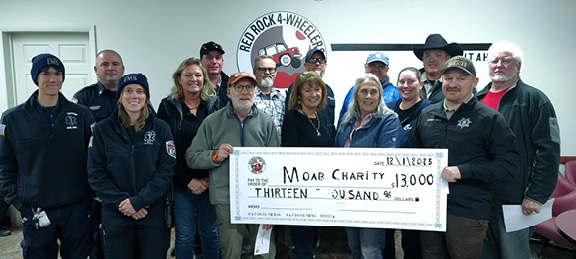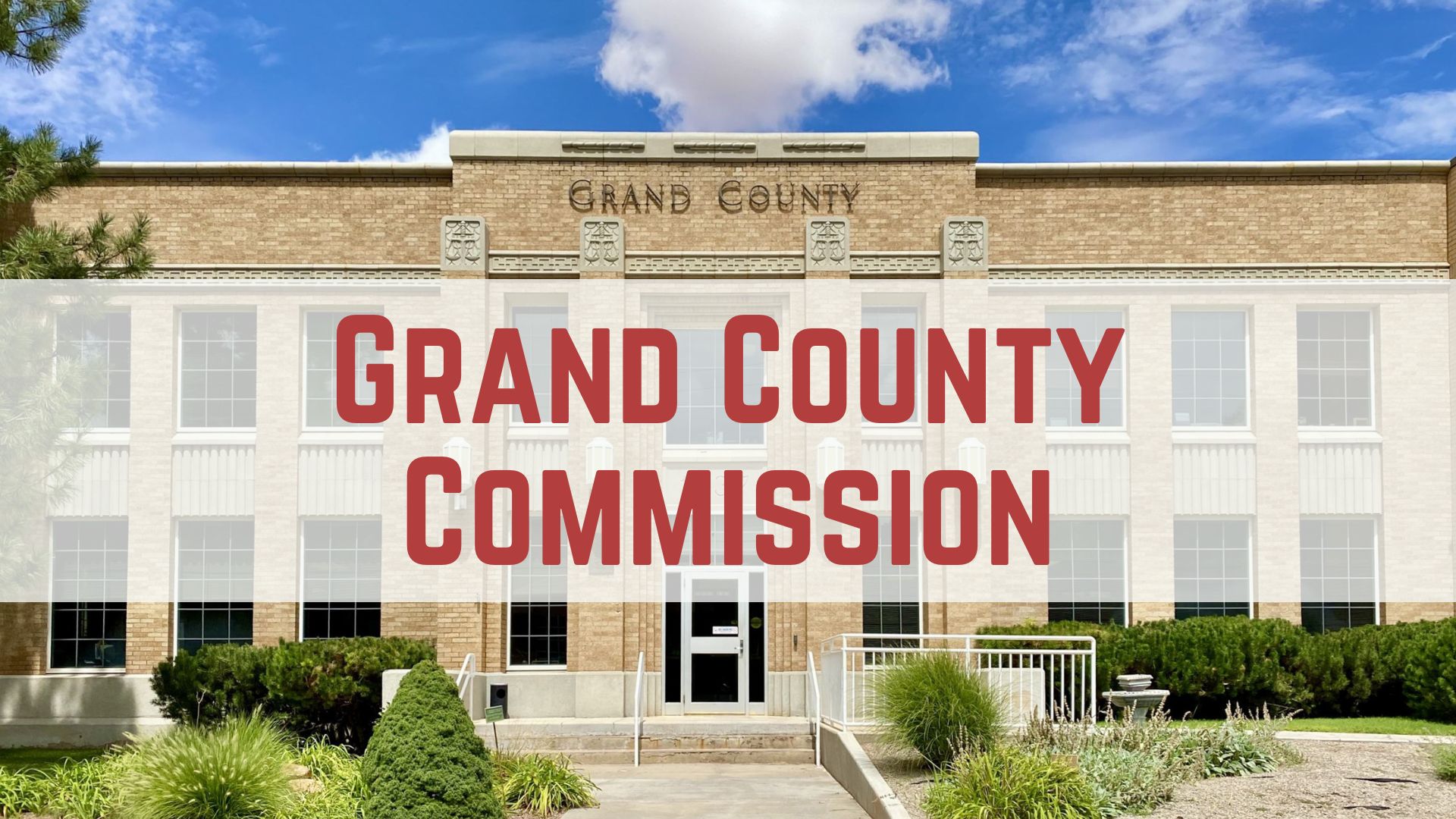Some information may be outdated.
Congress is poised to overturn a federal rule that aims to reduce methane emissions from oil and gas wells. And while some in the energy industry are cheering, others fear the move could stifle the growing emissions-control industry and its technological innovations.
The U.S. House of Representatives voted 221-191 on Friday, Feb. 3, to approve Rep. Rob Bishop’s resolution killing a U.S. Bureau of Land Management (BLM) rule to curb emissions from oil and gas wells on public lands. While the U.S. Senate has pushed back a vote on a companion resolution, some Congress watchers now anticipate that it could come up for a vote early next week.
Methane is a waste gas that is a byproduct of oil and gas production. It’s also responsible for about 9 percent of America’s greenhouse gas emissions that scientists link to global climate change, and it’s more powerful as a heat-trapping gas than carbon dioxide, according to federal regulatory agencies.
A 2010 Government Accountability Office report found that 5 percent of all natural gas on lands within the U.S. is lost to flaring and venting. However, the report said that federal agencies likely lowballed the amount of wasted gas that’s lost to flaring and venting, and predicted that more than one-third of it could be captured with existing technologies.
Speaking in support of his resolution against the methane rule, Bishop acknowledged that the oil and gas industry thrived throughout much of former President Barack Obama’s two terms in office. But the Utah Republican said that success came in spite of the former administration’s “anti-energy” policies.
“It has especially hit those of us in the West very hard,” he said during the House floor debate on the bill. “… This is an illegal rule and it’s a costly one. This rule’s repeal is a vote for people and making sure their lives are better, not worse.”
Public Land Solutions Director Ashley Korenblat of Moab sees things differently, though.
Korenblat said that while the rule’s opponents are quick to blame regulatory agencies for a loss in energy industry jobs, the real culprit was the global collapse in oil prices. Those prices came crashing down in late 2014 after years of growth due to a glut of oil on the market, although crude oil prices have since bounced back to about $53 per barrel.
“Oil and gas jobs slowed down because of the price of oil – not because of excess regulation,” Korenblat said.
By sticking with the rule, she said, the Senate can show its support for a burgeoning industry, while creating new jobs by developing and improving technologies that capture “fugitive” methane gas releases on public lands. Likewise, other proponents of the rule, such as the head of a Texas company that makes tools to identify pipeline leaks, have said the federal regulation would be a boon to maintenance workers who repair pipeline breaches, according to a report from E&E Publishing.
“If the intention is to create jobs, then implementing these methane-capture technologies is going to do that,” Korenblat said.
At an energy summit in Vernal last fall, she said, the subject of technological innovation to capture waste gas turned out to be a major topic of conversation and interest among attendees.
“It’s well-documented that there are lots of companies that are poised to capture this gas, keep the air clean and sell more royalties,” Korenblat said.
Zooming in on the local level, she said, a repeal of the rule threatens the “Moab brand” that balances outdoor recreation with “responsible” energy development in places like the Big Flat area surrounding Dead Horse Point State Park.
“In Moab especially, we are really trying to build a model of how to optimize recreation and resource extraction,” she said.
As the Senate vote looms on the horizon, Korenblat is encouraging residents to contact the offices of Sen. Orrin Hatch, R-Utah, and Sen. Cory Gardner, R-Colorado, and speak up in support of the rule. In doing so, she said, they can help ensure that in the future, waste gas is captured from new wells in places like the Cane Creek Unit near Moab, and then put to good use.
“We have the technology to do it right, and allowing the companies to be sloppy just hurts the locals,” she said. “Ultimately, the local community gets left with the mess, and that’s the fact … Even if they clean it up, they still have the mess of having a bad reputation.”
Utah officials say state strives to reduce emissions
Thirteen states challenged a separate methane rule from the U.S. Environmental Protection Agency (EPA), but Utah was not among them.
In light of the House vote – and in anticipation of the looming Senate vote, state officials have no plans to speak further about the BLM’s rule, either, according to Utah Division of Oil, Gas and Mining (UDOGM) Public Information Officer Hollie Brown.
“We aren’t going to submit any comments now with the (pending) repeal of this rule,” she said.
In the past, however, Utah Public Lands Policy Coordinating Office Director Kathleen Clarke – who served as the BLM’s national director during former Republican President George W. Bush’s administration – outlined the state’s objections.
“The State questions the need to implement sweeping national rules that will increase operating costs for Utah’s oil and gas industry and other states while achieving minimal results,” Clarke wrote.
Clarke noted that the BLM itself has acknowledged that 91 percent of gas flaring nationwide occurs in just three states: North Dakota, South Dakota and New Mexico. Altogether, she wrote, oil and gas operations in North Dakota account for nearly two-thirds of methane emissions nationwide.
Even without the new rule, Clarke wrote, methane emissions are dropping rapidly – especially in Utah.
Since 2015 alone, she wrote, the state has cut the volumes of flared and vented gas by 61 percent.
However, data about “fugitive” methane emissions from oil and gas wells in the state are hard to come by: According to UDOGM and Utah Division of Air Quality officials, they don’t keep track of such releases.
“I don’t think we’ve done any analysis of the oil and gas industry,” Utah Division of Air Quality Inventory Section manager Joe Thomas said.
Even without that data in hand, UDOGM Oil and Gas Permitting Manager Brad Hill said he can say that his division’s governing board has increasingly taken an interest in reducing methane waste.
“In recent years, our board has gotten very particular about flaring as little as possible,” Hill said.
However, Castle Valley resident Bill Rau said that from his perspective, it’s clear that the Division of Air Quality is not committed to curbing that loss.
He noted that the division recently granted Wesco Operating Company’s application to flare waste gas from a well it acquired through the purchase of Fidelity Exploration and Production’s Moab-area assets, instead of ordering the company to capture it.
“My feeling is that the previous oil company, Fidelity, invested heavily in a natural gas pipeline to capture gas associated with oil production,” Rau said. “Any new well or newly expanded well within the field once leased by Fidelity should also reduce water, protect air quality and serve the interests of the people of Grand County and the hundreds of thousands of visitors to our area.”
Bishop supports overturning emissions regulation, while some locals believe it needs to remain
It’s well-documented that there are lots of companies that are poised to capture this gas, keep the air clean and sell more royalties.
The State questions the need to implement sweeping national rules that will increase operating costs for Utah’s oil and gas industry and other states while achieving minimal results.
Appreciate the coverage? Help keep local news alive.
Chip in to support the Moab Sun News.





